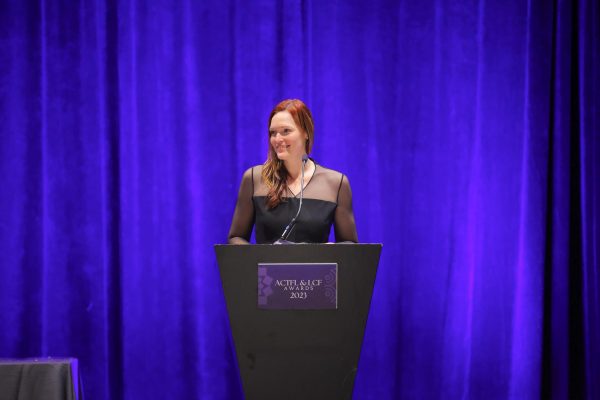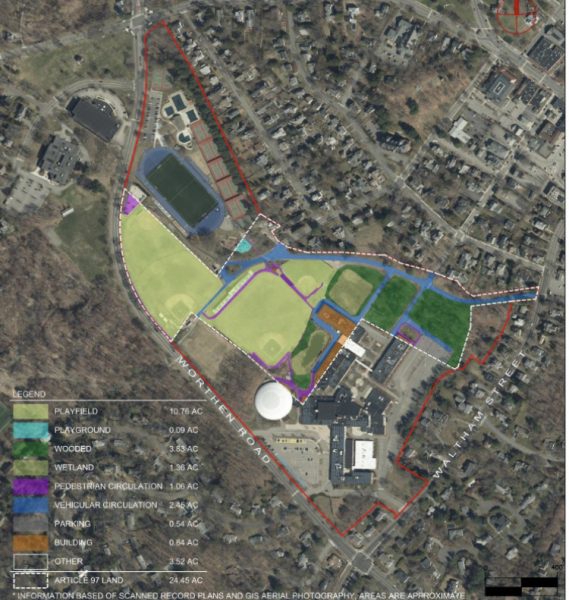2021 Youth Risk Behavior Survey Results Released
April 7, 2022
On Feb. 3, 2021, Lexington High School administered the Youth Risk Behavior Survey (YRBS) to students. The survey, which collects data on topics including mental health, substance abuse, and bullying, is used to measure behavioral trends among middle and high school students. This anonymous survey is administered every other year to gain insight into the health and safety of the LHS community. For instance, the most recent survey included questions pertaining to the recent COVID-19 pandemic.
The results revealed that 81.1% of LHS students said they were spending more time on social media, playing video games, or watching movies, videos, and television. It also highlighted how almost 60% of students reported feeling more lonely, since they were spending less time with friends. Additionally, 50% of students said that they felt sad or depressed more often.
“My mental health has gone a little bit down because of being stuck at home and social media. That has affected my view of myself and other people,” Grace Wang, a sophomore, said.
For others, the time spent at home alleviated their stress.
“It actually improved my mental health, because school became not as stressful. There wasn’t as much homework and the transition from middle school to high school wasn’t as bad,” Ivy Tang, a sophomore, said.
The survey’s anonymous format encourages students to be more truthful in their responses, allowing the YRBS to collect accurate differing opinions on student life. However, its statistics may be inaccurate since some respondents may respond falsely to questions.
“If some people do things they don’t really think they are supposed to be doing, they might not answer honestly,” Tang said.
It is important to recognize response bias when interpreting the survey results to get an accurate picture of the LHS community.
The Joint School Committee & School Health Advisory Council (SHAC) held meetings to address disparities and trends in the responses. Results were compared with those of other public schools in the state and national data. The survey data is used to identify the strengths and weaknesses of the LHS environment, providing valuable insight into what improvements could be made within the community.
An aspect that was identified for LHS to improve upon is the bullying that the LGBTQ+ community faces. According to the data collected by the YRBS, 13.4% of LGBTQ+ students were bullied on school property, compared to 4.3% of non-LGBTQ+ students.
The efforts taken by the committee to identify key issues are partly recognized by the student body, while others are doubtful about whether these efforts enact actual change.
“I think we put out a good effort to help with these issues but I’m not sure if it actually works,” Wang said.
Despite this, the survey does identify key issues, such as the high levels of stress among students and disparities among certain subgroups.
As a result, some students do feel like their voices and challenges are being heard through the YRBS.
“[The YRBS] communicates the fact that [LHS] cares or makes an effort to try to be concerned about the mental health and well-being of students,” Tang said.






